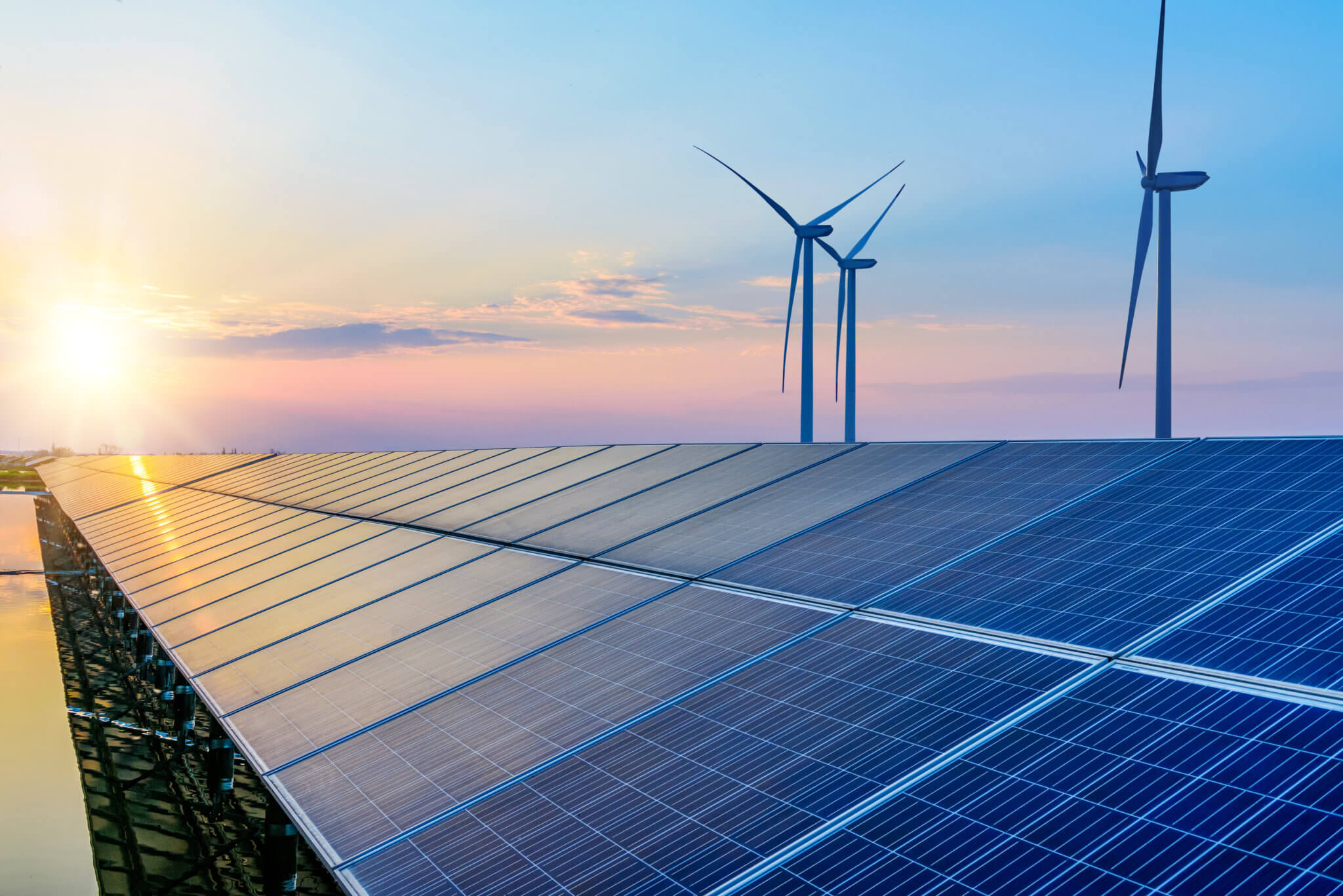WSJ ed board gets it wrong on renewables—again
Over the past few years, several regions of the country have occasionally struggled with power system reliability. It’s no secret why—climate change is exacerbating extreme weather events that stress aging infrastructure, often compounded by outdated electricity market rules. As a result, we’ve seen rolling blackouts or requests for residents to conserve electricity in places like Texas and California. And every time, we inevitably hear the same shallow arguments that this latest event proves wind and solar aren’t reliable, regardless of the facts on the ground. Never mind that wind and solar weren’t responsible for Texas’s power outage this winter, nor last summer’s California blackouts, or any other instance of widespread power loss.
After all, it’s easier to say the wind doesn’t always blow and the sun doesn’t always shine than it is examine the unique circumstances of a particular event.
This week, it was the Wall Street Journal editorial board’s turn. The ed board made its latest attempt at scapegoating clean energy with a superficial analysis of recent troubles in California, claiming “unreliable renewables are forcing the state to scramble for electricity.”
Not surprisingly, reality tells a different story. Here’s what’s really going on in The Golden State:
Extreme weather is wreaking havoc
California relies on hydropower and other generation imported from Oregon for a substantial portion of its electricity. Unfortunately, several interrelated extreme weather events, all likely heightened by climate change, are disrupting supplies.
First, the Western U.S. is experiencing an extreme drought that’s depleting hydropower output. Second, a powerful heatwave is gripping the region, increasing energy demand at the same time hydo supplies are lower than normal. Finally, extreme drought and heatwave often combine to cause extreme wildfires, and that’s exactly what’s happening. The ongoing Bootleg fire is disrupting all three transmission lines that run between California and Oregon, creating roughly 5,500 megawatts (MW) of lost electricity imports. So intense heat is causing high energy demand while drought is lowering energy supply, and a massive fire is making it difficult to transport the hydro-generated electricity that is available.
The sun not shining and the wind not blowing has nothing to do with any of this.
Enhancing reliability with transmission
The Journal’s ed board also seems to imply that only wind and solar projects rely on transmission lines, and that expanding transmission access would only make the power system more vulnerable to future fires. In reality, every kind of power plant requires transmission lines to deliver their electricity to market, and study after study finds adding transmission lowers costs and improves reliability. California, like much of the country, has significantly under-invested in its transmission network over the past several years. Right-sizing these investments will help the state fortify the grid in the face of these more frequent climate events.
In the face of climate instability and uncertainty, grid operators need to plan for the worst. That means anticipating potential changes and challenges down the road, and this is why California is procuring an unprecedented amount of new clean capacity over the next several years. Upgrading and expanding our transmission infrastructure will also be critical to ensuring reliability and resilience in the face of these regional events. Finally, regional coordination – partnering with neighboring states to site and build renewable resources and transmission – will help keep the lights on in the West.
California Governor Gavin Newson recently reiterated the importance of these tasks in an emergency declaration about the Bootleg fire, as his office noted, “Since last summer, the state’s energy agencies have taken swift action to ensure grid reliability – both this summer and into the future – to build the state’s climate resilience. This includes requiring utilities to procure additional energy resources to meet forecasted demand during extreme weather, bringing on additional storage and launching the revamped “Flex Your Power” campaign to help California conserve energy.”
Gov. Newsom isn’t alone in this sentiment. This week, 369 mayors across all 50 states sent a letter to Congressional leaders urging action on an infrastructure deal, noting how critical infrastructure investment is to build extreme weather resiliency.
So remember to cast a skeptical eye the next time you see someone blaming renewables for a power outage. That kneejerk reaction is almost always wrong, and the facts often paint a different picture. The truth is wind and solar play a critical role in making our grid more reliable, affordable, and clean.

